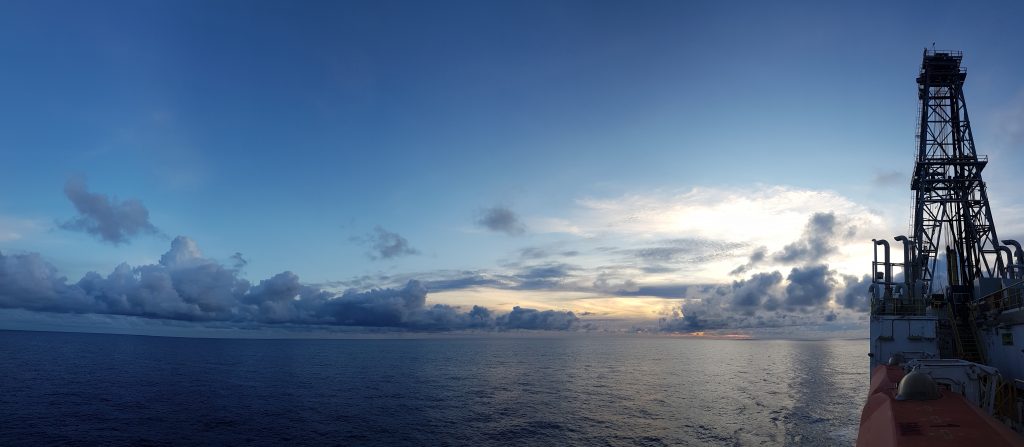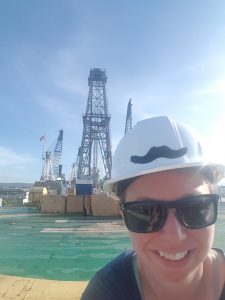Go Fish
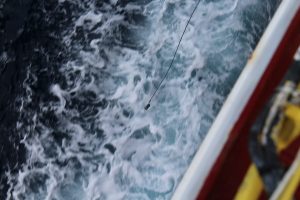 Fumbling around in the dark, I felt my way up to the bridge deck to collect my midnight water sample. Tom (the second mate) had helped us collect the first sample of the voyage earlier in the day, and I felt my way back to the spot as my eyes slowly adjusted. Exhausted, I looked down the water hurdling past the boat 15 meters (50 feet) below me, and felt a bit apprehensive by the force it would pull on the water sampler as I dunked it in the water.
Fumbling around in the dark, I felt my way up to the bridge deck to collect my midnight water sample. Tom (the second mate) had helped us collect the first sample of the voyage earlier in the day, and I felt my way back to the spot as my eyes slowly adjusted. Exhausted, I looked down the water hurdling past the boat 15 meters (50 feet) below me, and felt a bit apprehensive by the force it would pull on the water sampler as I dunked it in the water.
Although my eyes had finally adjusted, I quickly lost sight of the black-bodied sampler as I lowered it slowly down to the water. A bit too slowly perhaps? Had I reached the water level? Was it the wind or the waves pushing it backwards? Is it suddenly heavier? I must have collected some?! I slowly reeled it back in. Nothing– go fish.
Clearly too cautious. I lowered it again, this time a bit further. Nothing. A third time, all the way to the end of the rope. Nothing. Finally, in a last ditch attempt, I let it plunge down from above the water. Surely this time I’ve got it! It feels heavier! I’ve done it!
I reeled it to the bridge deck….and nothing. Go fish.
___________________________________________________________________________________________________________
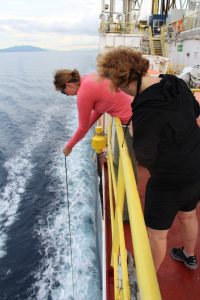 Today was a new, big day in many ways. We crossed the Philippine trench, the 2nd deepest trench in the world (stretching over 10,000 meters below the surface in its deepest part). In the daylight, we fished a water sample with ease, over some 8000 meters of water!! The thought of the vast expanses of ocean beneath us was mind boggling.
Today was a new, big day in many ways. We crossed the Philippine trench, the 2nd deepest trench in the world (stretching over 10,000 meters below the surface in its deepest part). In the daylight, we fished a water sample with ease, over some 8000 meters of water!! The thought of the vast expanses of ocean beneath us was mind boggling.
Throughout the day, we continually rushed up to the bridge deck to watch the bathymetry data roll in, mapping the great trench beneath us.
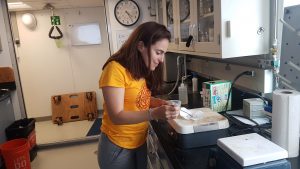
In the afternoon, we fished for a different sort of sample: microfossils from the Ontong Java Plateau! We scooped, washed, sieved, filtered, and dried a lump of sediment. And by magic straight from the ancient past, appeared heaps and heaps of tiny shells. An untrained eye might think we only have a jar of sand. But under the microscope, their story comes to life.
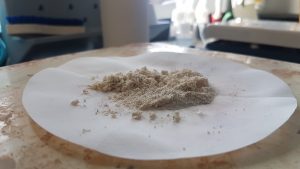
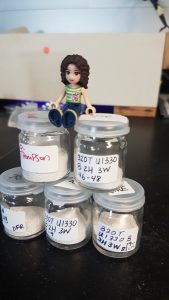
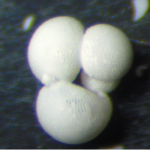
Tiny protists who once lived near the surface, with holes throughout their shells and bulbous or even spined bodies to keep them up near the sunlight. They lay beside their large, thicker-walled relatives that lived on the sea floor. Thousands of them, who slowly accumulated over thousands of years. Their shells they hold keys to understanding past ocean temperatures, only unlocked by scientists and rockers on the JOIDES Resolution.
